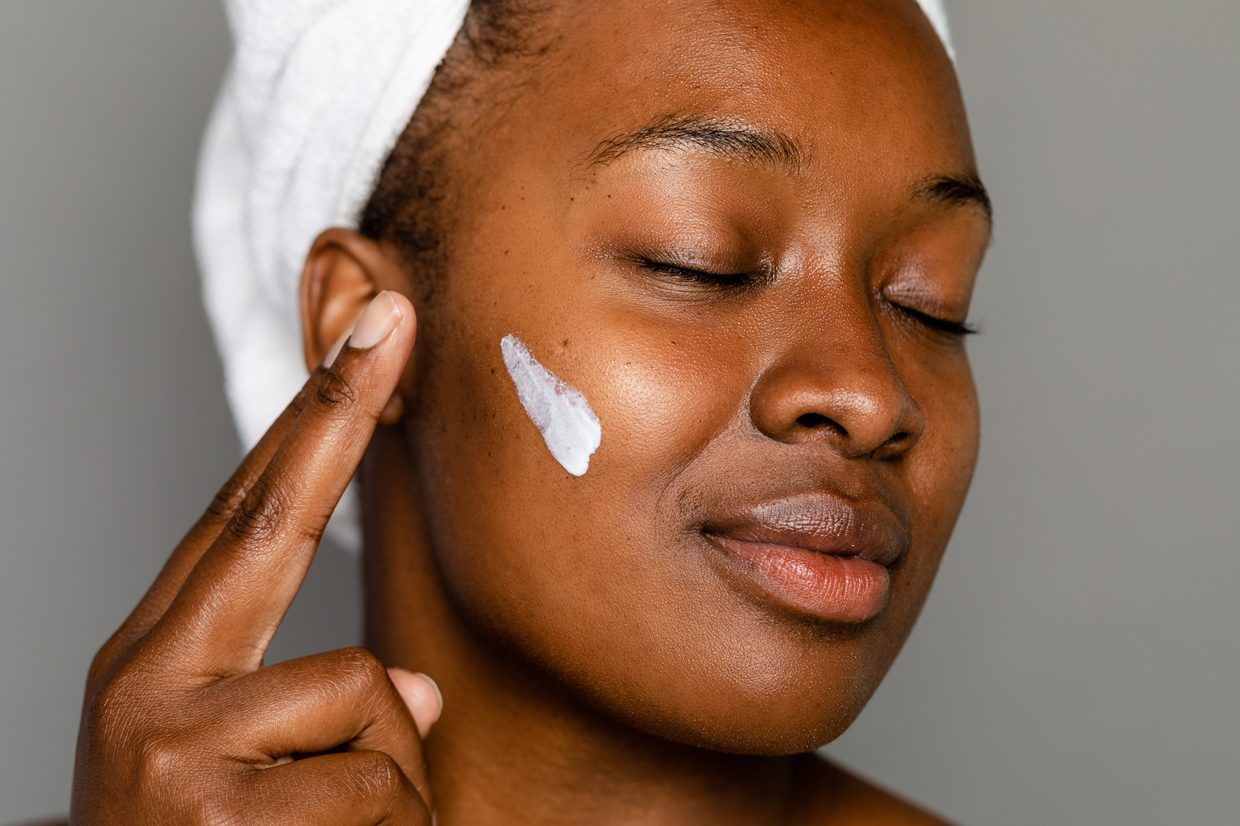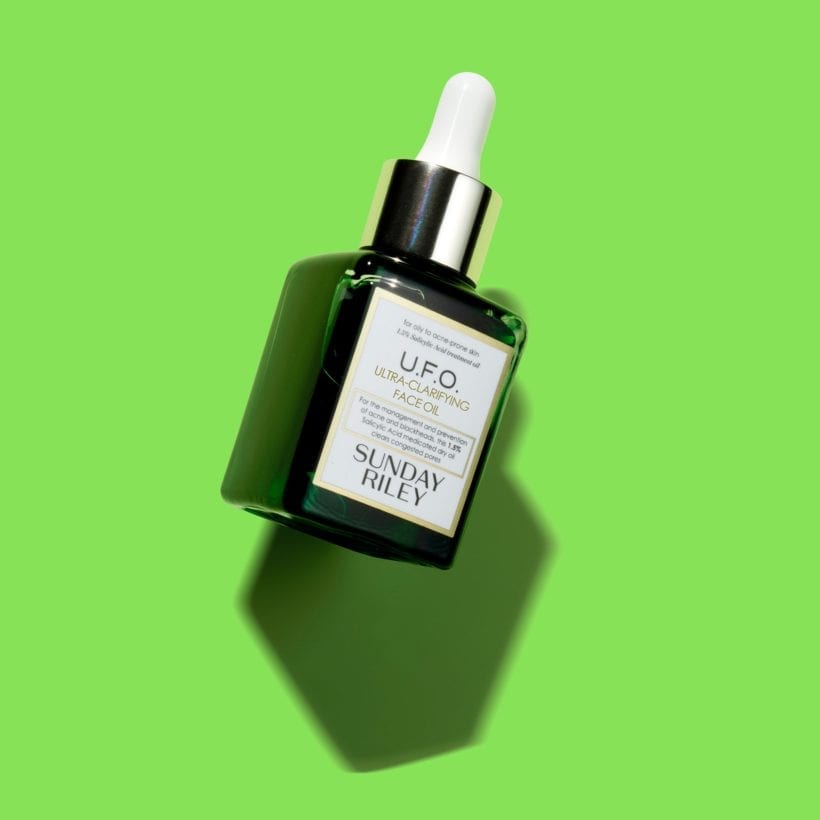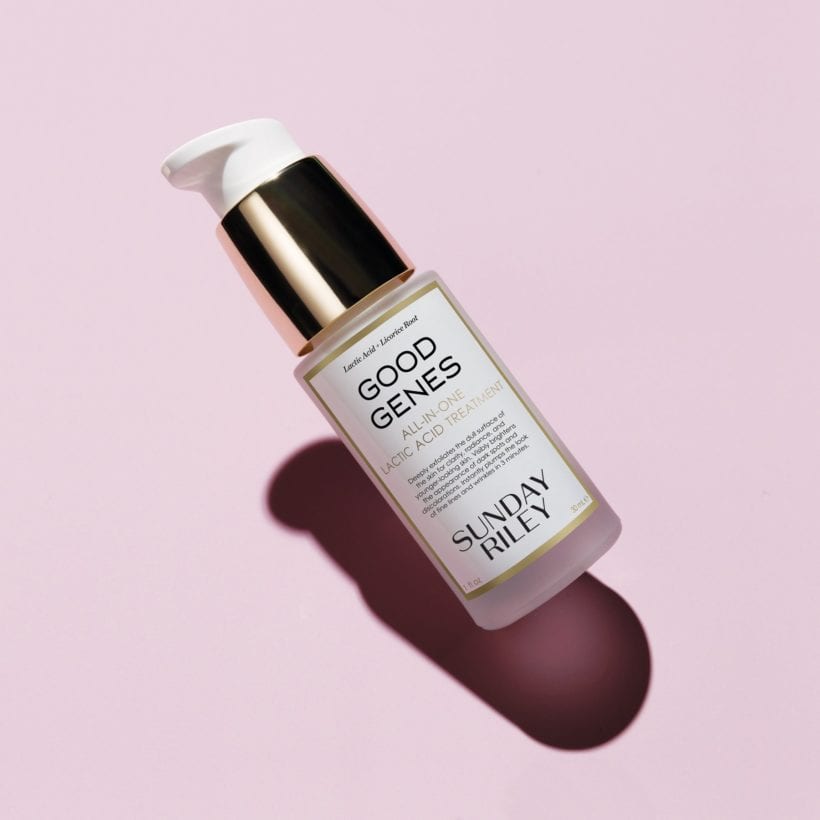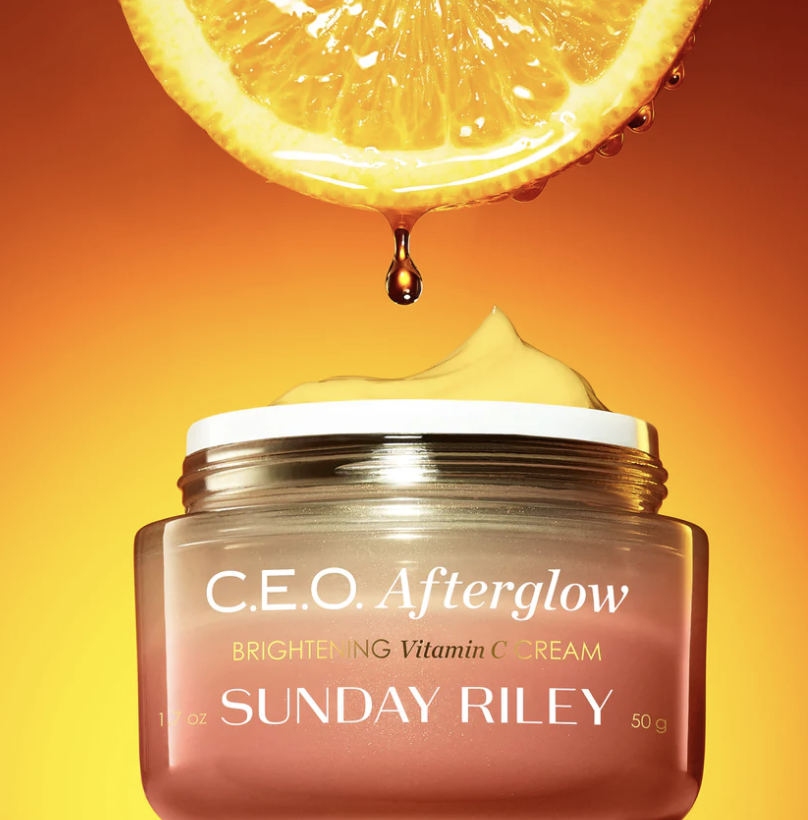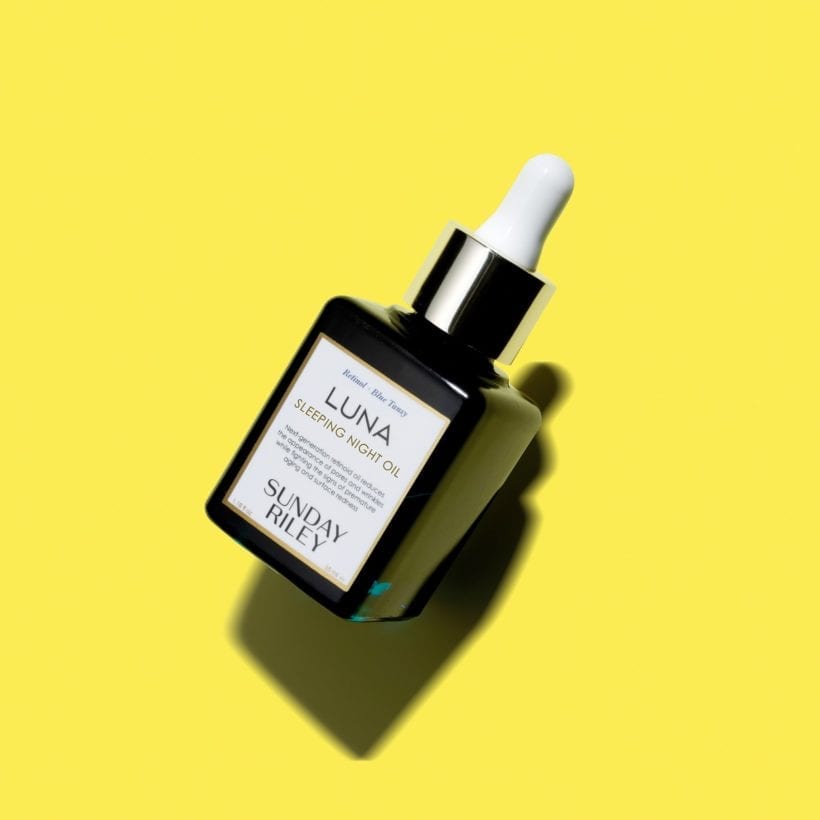While they may sound scary (spoiler alert: they’re not!), acids are some of the best skincare ingredients to stockpile for healthy skin. Just because these tried-and-true ingredients contain the word acid in their name isn’t cause for intimidation. Understanding which acids work best for particular issues will have you integrating them into your routine in no time.
How skincare acids work
According to Anne Chapas, MD, a board-certified dermatologist in New York City, acids are essential to combat acne, wrinkles, hyperpigmentation, and age spots. They break up the bonds between skin cells and loosen dead cells, allowing fresh, new ones to come to the surface. As a result, the skin emerges brighter, glowy, and healthier looking.
Acids fall into two categories: alpha-hydroxy acids (AHAs) and beta hydroxy acids (BHAs). “Alpha hydroxy acids work on the skin’s surface,” says Gretchen Frieling, MD, a board-certified dermatologist in Wellesley, MA. “The major beta hydroxy acid is oil-loving salicylic acid, which penetrates the pores to sop up oil, dirt, and debris,” she adds.

Water-soluble AHAs improve the appearance of sun-induced discoloration and uneven tone and crepey skin, “They are gentle exfoliators that facilitate superficial sloughing to reveal smooth, bright skin,” says Dr. Frieling. AHAs offer a multitude of benefits and help to improve the look of fine lines and wrinkles. “They also maintain the acidic nature of the skin so that other products (specifically vitamin C) are more efficiently absorbed,” she adds.
On the other hand, BHAs are oil-soluble and bind to sebum to dissolve oil and dead skin in the pores. They also act as a cleanser-meets-exfoliator of sorts. “BHAs penetrate more deeply into the pores, so they are mainly used for acne and sun damage,” says Dr. Chapas.

Regardless of which acid you use, for newbies, Dr. Frieling suggests applying them every other night. “If you have sensitive skin, use it every two or three nights and alternate with a gentle face wash,” she says. With the right product, you can still balance and save your moisture barrier from over-exfoliation.
Skin patch tests are also an indicator of how well the skin may tolerate an acid. “Try the acid on a small area of the skin first, and if no irritation occurs, slowly integrate it into your skincare routine,” she says.
The best acids for your skin
As long as acid is well formulated and suited for your skin, there’s no reason to be apprehensive about using one. As far as results go, Dr. Chapas says it depends on the acid; some show immediate results while others can take up to six weeks.
-
Glycolic acid
What it’s good for: Anti-aging and brightening
What you need to know: Compatible with most skin types, sugar-derived glycolic acid is commonly recommended for brightening uneven skin tones. This AHA is the smallest molecule of the acid bunch, which allows it to penetrate deeper into the surface of the skin for stellar results.
Find it in: Sunday Riley Good Genes Glycolic Acid Treatment
-
Salicylic acid
What it’s good for: Acne-prone and oily skin
What you need to know: A tried-and-true blemish buster, salicylic acid purifies the pores of pimple-causing contents. Dr. Frieling says salicylic acid gets into the pores, breaks up the dirt, oil, and grim, and allows the pores visually to shrink while preventing the inflammatory cycle of acne.
Find it in: Sunday Riley U.F.O. Ultra-Clarifying Acne Treatment Facial Oil
-
Lactic acid
What it’s good for: Clearing up acne-prone skin; light exfoliation plus a dose of hydration
What you need to know: Less harsh than glycolic acid, gentle lactic acid fills the void for those with sensitive skin. “It increases cell turnover, therefore, eliminating dead skin cells on the top layer of the skin,” says Dr. Chapas. It also kills the bacteria that lead to breakouts. But that’s not all it does: it’s a known wrinkle reducer, and because it increases the rate of cell turnover, it helps to decrease visible lines and wrinkles while improving the skin’s water content.
Find it in: Sunday Riley Good Genes Lactic Acid Treatment
-
Hyaluronic acid
What it’s good for: Moisturizing dry skin and a plumping effect
What you need to know: The antidote for perpetually dry skin, hyaluronic acid isn’t like exfoliating acids — this one is all about hydration. Hyaluronic acid is a humectant, meaning it draws in water to hydrate the skin. In injectable form, hyaluronic acid plumps up volume deficient areas for less visible fine lines and wrinkles.
Find it in: Sunday Riley C.E.O. Afterglow Brightening Vitamin C Gel Cream
-
Ascorbic acid
What it’s good for: Brightening the skin, stimulating collagen, and antioxidant protection
What you need to know: Ascorbic acid is a version of vitamin C, a power-packed antioxidant that brightens dull, discolored skin, encourages collagen production, and revs up your sunscreen’s sun-protecting abilities. Vitamin C is essential to protect the skin from “premature aging while brightening the complexion,” says Dr. Chapas. In addition to preventing skin damage, it also works double-time to reverse the damage by aiding natural skin cell regeneration.
Find it in: Plantkos Phyto Triple C Serum
-
Retinoic acid
What it’s good for: Exfoliation and anti-aging
What you need to know: Synthesized from vitamin A, retinoic acid is a tried-and-true ingredient for prompting collagen production and stimulating cell turnover. Dr. Frieling says that retinoic acid is the most clinically studied ingredient for preventing fine lines and wrinkles, enhancing collagen production and blood vessel formation, and preventing and reversing precancers. “The longer you use a vitamin A derivative, the better your results will be,” she says. Because retinoic acid can be drying, Dr. Frieling says to sandwich it between moisturizers and apply a nourishing oil afterward to minimize any irritation. And because it causes the skin to be sun-sensitive, the daily application of sunscreen is a must.
Find it in: Luna Sleeping Night Oil
-
Ferulic acid
What it’s good for: Preventing free radical damage and evening out skin tone
What you need to know: Supercharged antioxidants, like plant-based ferulic acid, protect the body from environmental aggressors and free radicals. Ferulic acid can be used on its own, but when combined with other ingredients “it boosts the effectiveness of antioxidants, including vitamin A, C, and E, and increases the photoprotection of vitamin C,” says Dr. Frieling.
Find it in: The Ordinary Resveratrol 3% + Ferulic Acid 3%
We only recommend products we have independently researched, tested, and loved. If you purchase a product found through our links, Sunday Edit may earn an affiliate commission.
